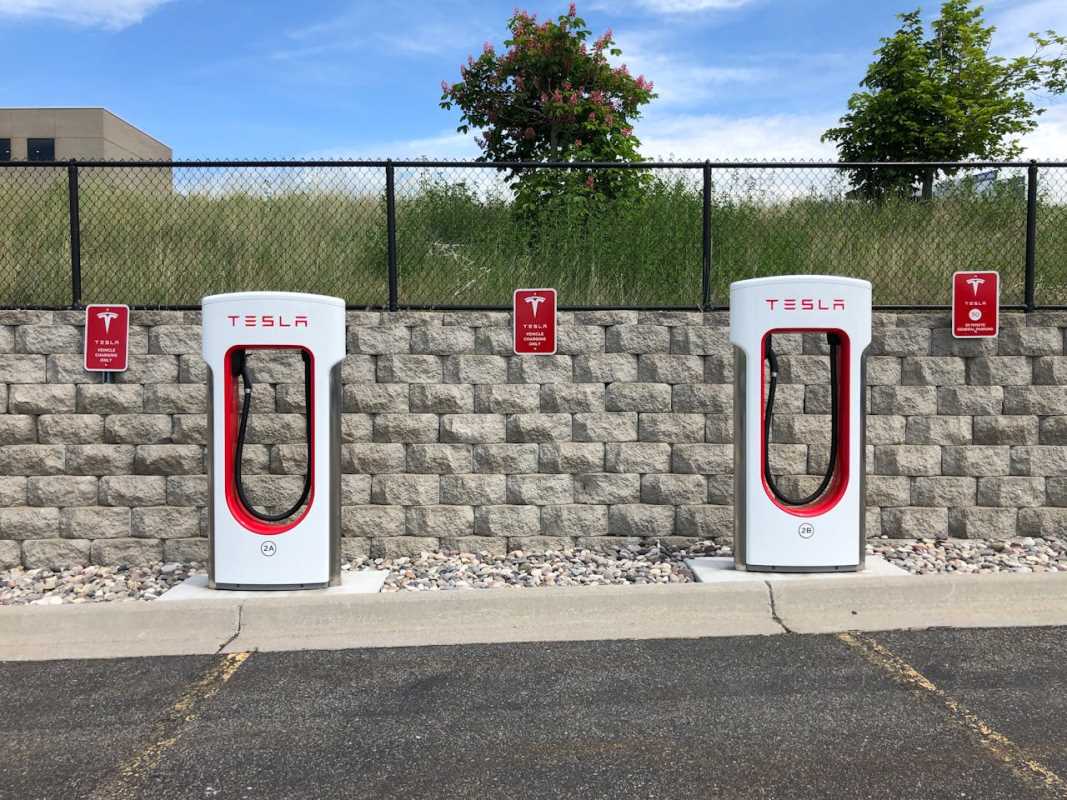Electric cars are becoming more popular every year, praised for their environmental benefits and cutting-edge technology. Many drivers are drawn to the idea of ditching the gas pump and enjoying a quieter ride. As you consider making the switch, one question might be on your mind: how does owning an electric vehicle (EV) affect auto insurance rates? There are many myths and a lot of confusion around this topic. We're here to give you the clear, straightforward answers you need. Let’s plug into the facts and explore what truly goes into the cost of insuring an electric car, so you can feel confident in your choices.
Why EV Insurance Can Seem Different
Insuring an electric car follows the same fundamental principles as insuring a traditional gasoline-powered vehicle. Insurers look at a range of factors to assess risk and calculate your premium. However, certain characteristics unique to EVs can influence these calculations, sometimes leading to higher costs. Understanding these key differences is the first step to knowing what to expect.
It’s not that insurers have a separate, more expensive rulebook for electric cars. Instead, they apply their standard evaluation process to a vehicle that has a different cost structure, repair process, and technology profile. Let's break down the specific elements that play a significant role in determining EV insurance rates.
Key Factors That Influence Electric Car Insurance Premiums
Several distinct features of electric vehicles can impact the cost of your insurance policy. While you may save money on fuel and maintenance, it's important to be prepared for how your new EV might change your insurance bill.
1. Higher Purchase Price and Vehicle Value
One of the most direct factors is the sticker price. Electric cars, especially new models, generally have a higher purchase price than comparable gasoline-powered cars. The complex battery systems, advanced software, and premium materials all contribute to their higher value.
Insurance premiums are closely tied to the vehicle’s Actual Cash Value (ACV), which is what it would cost to replace it today. A more expensive car costs more to replace if it's stolen or totaled in an accident. Consequently, the collision and comprehensive portions of your insurance policy—which cover damage to or loss of your own car—will be higher for a more valuable vehicle.
2. Specialized and Costly Repairs
Repairing an EV is not the same as fixing a conventional car. The technology inside is sophisticated and requires specialized knowledge and equipment.
- Battery Packs: The battery is the single most expensive component of an EV. In an accident, even minor damage to the battery casing can require a full replacement, a job that can cost tens of thousands of dollars. Insurers must account for this high potential cost when setting premiums.
- Specialized Technicians and Parts: Not every auto body shop is equipped to handle EV repairs. They require technicians with specific training in high-voltage systems. Parts, from sensors to body panels made of lightweight aluminum, can also be more expensive and harder to source than those for common gasoline cars. This specialization drives up the cost and time for repairs, which is reflected in your premium.
For example, a simple fender bender in a standard sedan might be a straightforward fix. In an EV, that same minor impact could damage sensors related to the driver-assist systems or require a diagnostic check of the battery, making the repair far more complex and costly.
3. Advanced Technology and Safety Features
Electric vehicles are often packed with the latest technology, including advanced driver-assistance systems (ADAS) like automatic emergency braking, lane-keeping assist, and adaptive cruise control. These features are designed to make driving safer and can often help you qualify for insurance discounts.
However, there's another side to this technology. The intricate network of cameras, sensors, and computer modules embedded in an EV’s windshield, bumpers, and side mirrors are expensive to repair or replace. A small chip in a windshield might require not just new glass, but also a recalibration of the ADAS cameras, adding hundreds of dollars to the repair bill. Insurers factor in these higher potential repair costs for even minor incidents.
4. Performance and Acceleration
Many electric vehicles are known for their impressive performance. The instant torque provided by electric motors gives them surprisingly quick acceleration, with some family sedans capable of outperforming traditional sports cars.
From an insurance perspective, high performance and rapid acceleration can be linked to a higher risk of accidents. While you may be a very safe driver, statistical data shows that cars with powerful acceleration are involved in more frequent and severe claims. This potential risk can be factored into your premium, similar to how a high-performance gasoline-powered sports car is often more expensive to insure than a standard commuter car.
Don't Forget the Potential for Savings
After reading about the higher costs, you might feel a little discouraged. But it's not all bad news! There are several ways that owning an EV can actually help you save money on your auto insurance. We're here to help you find every opportunity for savings.
- Green Vehicle Discounts: Many insurance companies want to encourage eco-friendly choices. They offer specific "green vehicle" or "alternative fuel" discounts for drivers who own electric or hybrid cars. Be sure to ask your provider if you qualify for this.
- Safety Feature Discounts: As mentioned, the advanced safety features common in EVs can help lower your premium. Make sure your insurer knows about all the safety tech your car has, from automatic braking to blind-spot monitoring.
- Pay-Per-Mile or Usage-Based Insurance: If your EV is used for short commutes or you don't drive very often, you could be a great candidate for usage-based insurance. These programs use a small device or a mobile app to track your driving habits, like mileage and driving style. Low mileage and safe driving behaviors can lead to significant discounts.
 (Image via
(Image via





